24 Jul All You Need to Know About Yerba Mate
Yerba Mate tea is the national drink of Argentina, however it’s famous all across South America for its invigorating, revitalising and weight loss properties. Traditionally, you drink it from a hollow gourd through a metal or bamboo bombilla.
Popularised in Europe by South American footballers like Messi, Neymar and Torreira, who seem to be carrying their mate gourds with them wherever they go, this incredible drink has already managed to make headlines in UK’s press as “England’s secret World Cup weapon“.
In South America, yerba mate is way more popular than coffee and each country has their own very specific ways of drinking it. You can find out more about the different cultures of Yerba Mate in this blog post.
In this article we’d love to share with you all you know to about Yerba Mate, from its processing, how to cure your gourd, a few brewing instructions, mate drinking rules and its health benefits. We’ve got a lot to cover, so let’s dive straight in!
What is Yerba Mate?
Yerba Mate is a member of the holly, which is part of Aquifoliaceae family. There are around 480 variants of this plant, but only around 2-3 are used for making Yerba Mate. In the wild the evergreen tree can grow up to 20 meters high, but when cultivated it usually reaches around 4-8 meters. Like the drink itself, the name Yerba Mate is a combination from the Spanish word “hierba”, which means herb and indigenous Quechuan word “mati” meaning “container for a drink”.
Processing
Processing yerba mate requires a lot of time and patience. After planting the trees you have to wait for 4-6 years before they’re grown enough for harvest. In addition to that, after picking the leaves, you need to give the tree about 1-2 years to recover. That’s why usually only one part of the plantation is harvested at a time, moving on to another part the year after and thus giving the trees enough time to replace the growth lost in the pruning.
Sapecado or Firing
After the harvest, the yerba shrub goes through a process called Sapecado, which eliminates enzymes and slows down the natural decomposition of the plant. This step takes only 20-30 seconds and is traditionally done manually with fire. However, nowadays farmers use automatic dehumidifiers in conjunction with conveyor belts, which feed the fresh shrubs in and roll the dried ones out. In this process the leaves lose 20% of their weight.
Secado – to smoke or not to smoke
This is the second step in the drying process. The Guarani Indians used two systems to do the secado. One was called “carijó” and the other was “barbacuá”.
In carijó the heat of the fire goes directly to the leaves.
In barbacuá the heat reaches the leaves via smoke through a tunnel under the earth
The smoking process has come under a lot of scrutiny lately, as there have been claims stating that it could potentially cause mouth cancer when consumed on a daily basis. However, these claims haven’t been clinically proven and have been discarded as myths. Moreover, most yerba products are unsmoked. Only yerbas that have been dried using the barbacuá system are considered smoked and they always state it on the product label.
Canchado
The next step is to cut the dehydrated leaves. Traditionally this was done by using machetes and and heavy wooden mills, but the process has since been automated. Canchada is the name given to yerba mate that has just undergone this process.
Beneficio or Aging
Beneficio, also known as ageing, is one of the most important steps of yerba mate processing. This is where it develops its flavour and turns into a top quality “tea”. The Beneficio process takes a minimum of 6 months, but can sometimes even last for up to 24 months. The longer the time the less bitter the flavor. The colour also changes during ageing from a deep bright green to a pale green.
Milling
The final step is the milling. Through a sifting process done by specialised machinery the aged yerba is separated from its content of twigs, leaves and sticks or stems. The yerba is then blended in the proper proportions of each brand. Some may have more sticks, leaves or powder than others. The larger the amount of leaves, the stronger the mate will taste.
Curing Your Gourd
Before you start making your first mate, you need to cure your gourd. Of course, this step only applies if you’re using an authentic wooden or calabash gourds. Curing your calabash gourd will help you get rid of the soft membrane that can be found inside every new gourd and could impart bitter taste to your mate.
The traditional curing requires you to fill your gourd with Yerba Mate and wait for at least 24 hours. Then repeat the process for up to 3 times. The modern “time-saving” way is to just fill your gourd with hot water and wait for 20 minutes. However, we found a compromise when curing our gourds. You can read the instructions below:
Step 1 Fill the gourd with ⅓ yerba mate and pour in hot water (not boiling).
Step 2 Leave it for 2-3 hours so it can loosen the soft tissue and soak up all the flavour.
Step 3 When time’s up, start scraping the inner walls with a spoon, removing the membrane.
Step 4 Rinse your gourd under warm water to get rid of all the freely floating tissue.
Step 5 Pat the insides with a paper towel or cloth to soak up as much water as you can.
Place your gourd (on it’s side) in a bright, cool and dry spot to dry.
Quick tip: If you want your gourd to dry quicker, just use your hair dryer. Make sure it’s not too hot though.
WARNING
Calabash gourds have a small stem in the middle. Do NOT remove or tamper with it or your gourd will leak.
Never wash your gourd with soap or dish washing liquid – you won’t be able to get rid of the soapy taste.
Brewing Guide
Making a traditional yerba mate is an art in itself! However, by following the steps below and with enough practice you’ll become a yerba mate teapro in no time!
Making Yerba Mate for Traditional Sharing Circle
Yerba mate is all about friendship and sharing. This is best manifested in the mate sharing cirlces called “ronda del mate”. Traditionally, only one person does all the pouring for the group. This person is called the “cebador” and is responsible for refilling the gourd with water for each person in turn until the hot water runs out or the herb runs out of flavor, then replace them as needed.
Step 1 Fill a thermos or pitcher with hot (not boiling) water.
Step 2 Next, fill a cured gourd about ⅔ with loose yerba mate.
Step 3 Tap the yerba mate to one side of the gourd to create a “little mountain” and a “little valley” inside.
Step 4 Moisten the “little valley” with a splash of cool water. Keep the “little mountain” dry.
Step 5 Gently insert the filter tip of the bombilla straw into the “little valley.”
Step 6 Pour hot water into the “little valley” about halfway up the gourd. Sip until there is no more water left.
Now you are ready to pour sips for the friends in your yerba mate circle. Each person receives a half-full gourd, which they are encouraged to finish (taking just one sip is considered impolite). Once “empty” they pass the gourd back to the pourer for refilling.
Avoid touching the straw!
Stirring makes all the herb steep at once, and it can also make the straw clog. One of the cebador’s most difficult jobs is to gracefully discourage newcomers to the yerba mate circle from touching the straw.
If you’d like to find out more about yerba mate drinking etiquette, check out this article on the different drinking traditions of Argentina, Brazil, Paraguay and Uruguay.
Making an ice-cold Tereré
Tereré is an ice-cold variation of the yerba mate circle. It’s very popular in tropical South America, especially after siesta. It’s incredibly refreshing. Here’s how to make it:
Step 1 Fill a pitcher with water and ice.
Step 2 Stir in some fresh lime juice and sweetener to taste.
Step 3 Fill your gourd or a glass cup ⅔ with loose yerba mate.
Step 4 Insert a bombilla to the bottom of the cup.
Step 5 Pour, share, sip, repeat.
4 Reasons Why Your Yerba Mate could be too bitter
When we made our very first yerba mate, we were shocked at how bitter it was! That couldn’t possibly be the favourite drink of South America?! Of course we later found out, that the bitterness was solely due to our inexperience of the preparation process. So if your Yerba Mate does taste very bitter, chances are you are making one of these mistakes below.
You used boiling hot water and burned the leaves.
To avoid this faux-pas, make sure to pour a splash of cold water first and fill it up with hot (not boiling!) water
You waited too long after preparing your mate.
It’s not a coincidence that the rules of yerba mate circle say to start drinking your mate straight away.
The longer the yerba “steeps”, the bitterer it gets!
You soaked all the leaves in the gourd.
Oops… big mistake! Although you fill your gourd ⅔ with mate, only a small part should get wet.
Otherwise ALL the leaves are steeping and your mate will most definitely become bitter!
You moved around your bombilla straw.
Don’t move your bombilla or you run the risk of soaking ALL the leaves in your gourd at once!
If you’re curious to try yerba mate, particularly in it’s authentic calabash gourd, check out our “Yerba Mates” teapro box.
Health Benefits
This is by far my favourite topic! Yerba mate doesn’t only taste great (it’s like coffee – once you get into it, you can’t stop!) but it also has some incredible health benefits. Before we explore yerba’s health properties, let’s take a look at it’s components and nutritional value.
Yerba mate contains stimulants, also called xanthines, such as caffeine, theobromine and theophylline.
It also has caffeoyl derivates which are the health-promoting anti-oxidants.
Saponins, also found in yerba mate are known fo their anti-inflammatory and cholesterol-lowering properties.
Yerba mate also contains polyphenols, which are a large group of antioxidants, also found in traditional tea.
Yerba mate also contains Niacin, Potassium, Magnesium, Zinc, Quercetin, Rutin, Selenium, Vitamins C, E and B.
Can Boost Energy
Yerba mate can be invigorating, providing a gentle but profound energy boost without the side effects of coffee. Besides caffeine, yerba mate also contains theobromine, the feel-good stimulant in chocolate, and theophylline, found in green, black and other camellia sinsensis teas. These three stimulants work together to give you a soothing boost of energy.
In other words, it makes you feel alert without giving you the nasty jitters.
Can Improve Mental Focus
Yerba mate contains alkaloids as well as caffeine which are known for boosting mental energy, clarity, alertness, focus and concentration.
May Improve Physical Performance
Drinking Yerba mate before a workout could increase your body’s reliance on fat for fuel. It may also improve muscle contractions and reduce fatigue, all of which may contribute to better physical performance.
Can Help with Weight Loss
Acts as an appetite suppressant. Polyphenols also inhibit enzymes which play a role in fat metabolism. It is also “thermogenic” meaning that it actually induces the body to burn calories.
May Boost Your Immune System
Saponins and polyphenols have strong antioxidant and anti-inflammatory properties, boosting the immune system. It is also rich in minerals, amino acids, zinc, selenium, Vitamins C & E as well as B vitamins to support a healthy lifestyle.
Can Support Digestion
Xanthines found in yerba mate, are able to promote smooth muscle relaxation, which can be very good for digestion particularly if you are struggling with constipation, bloating, cramping, and other digestive issues.
May Help with Diabetes
Polyphenols reduce the risk of diabetes mellitus and high blood sugar by improving insulin signaling and blood sugar control.
May Lower the Risk of Heart Disease
Yerba mate contains antioxidant compounds, such as caffeoyl derivatives and polyphenols, which may protect against heart disease.
A few Word of Caution
Avoid if pregnant or breastfeeding
Do not drink if you have anxiety issues or caffeine sensitivity
Don’t mix with drugs related to heart disease, asthma, depression
Avoid if you are taking any kind of stiumalnts
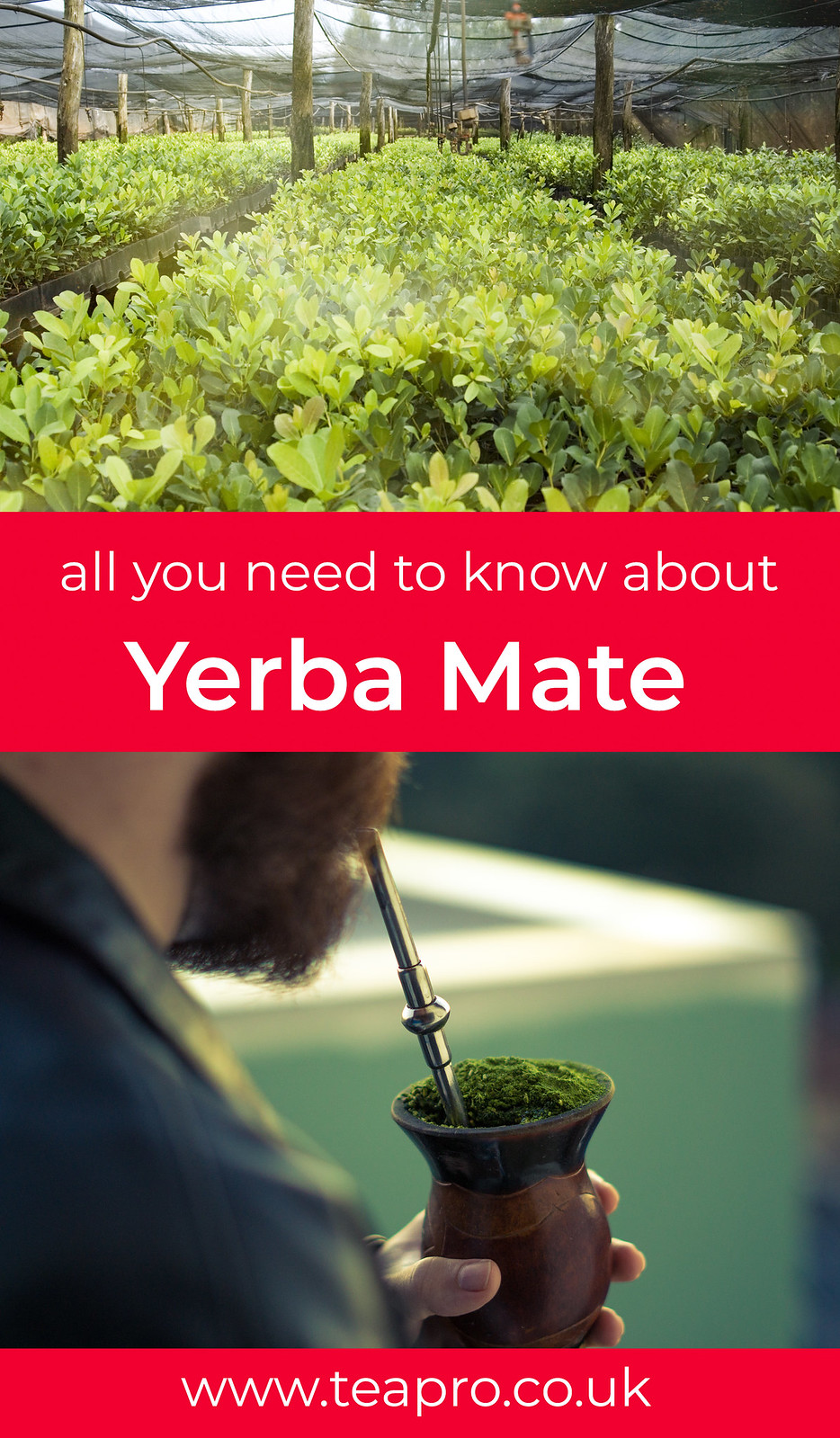





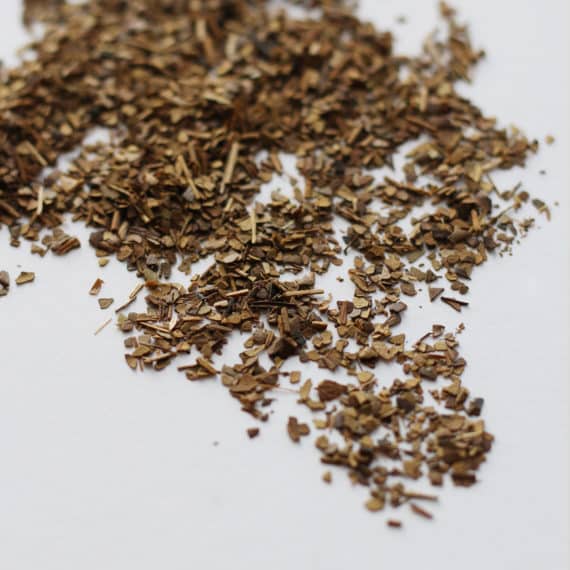
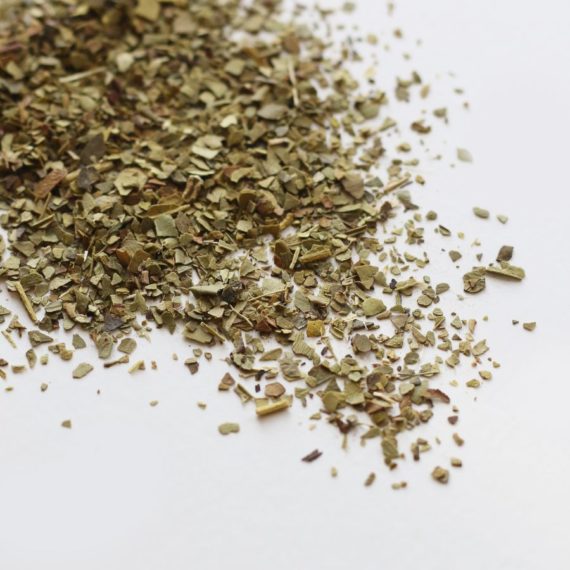
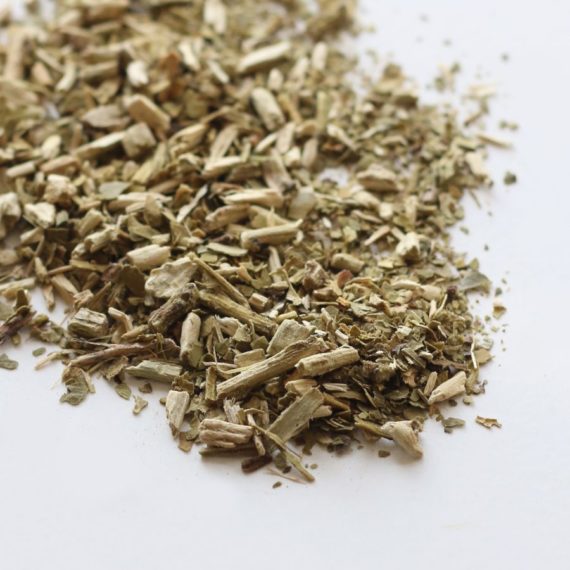

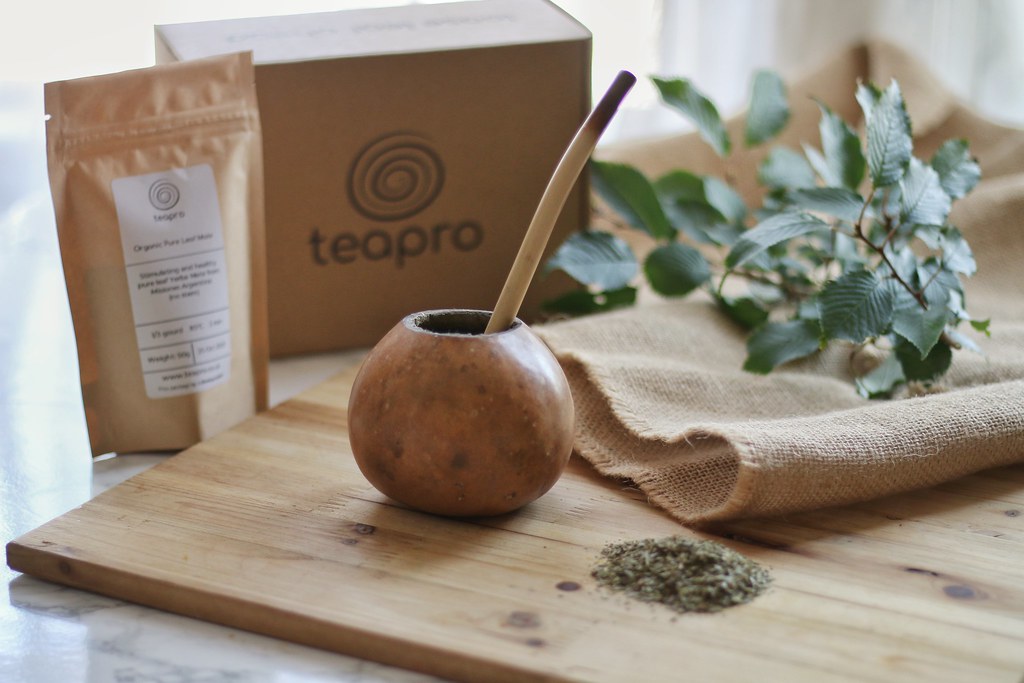
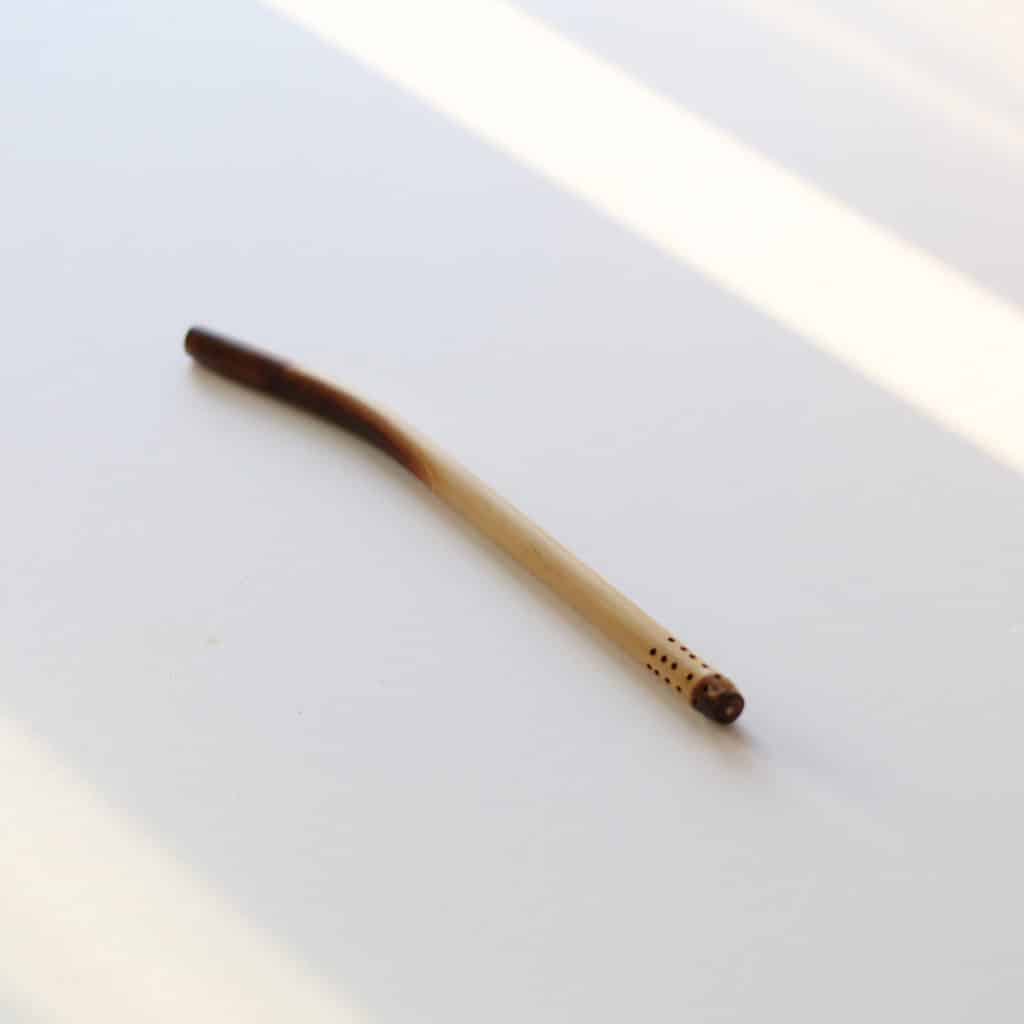
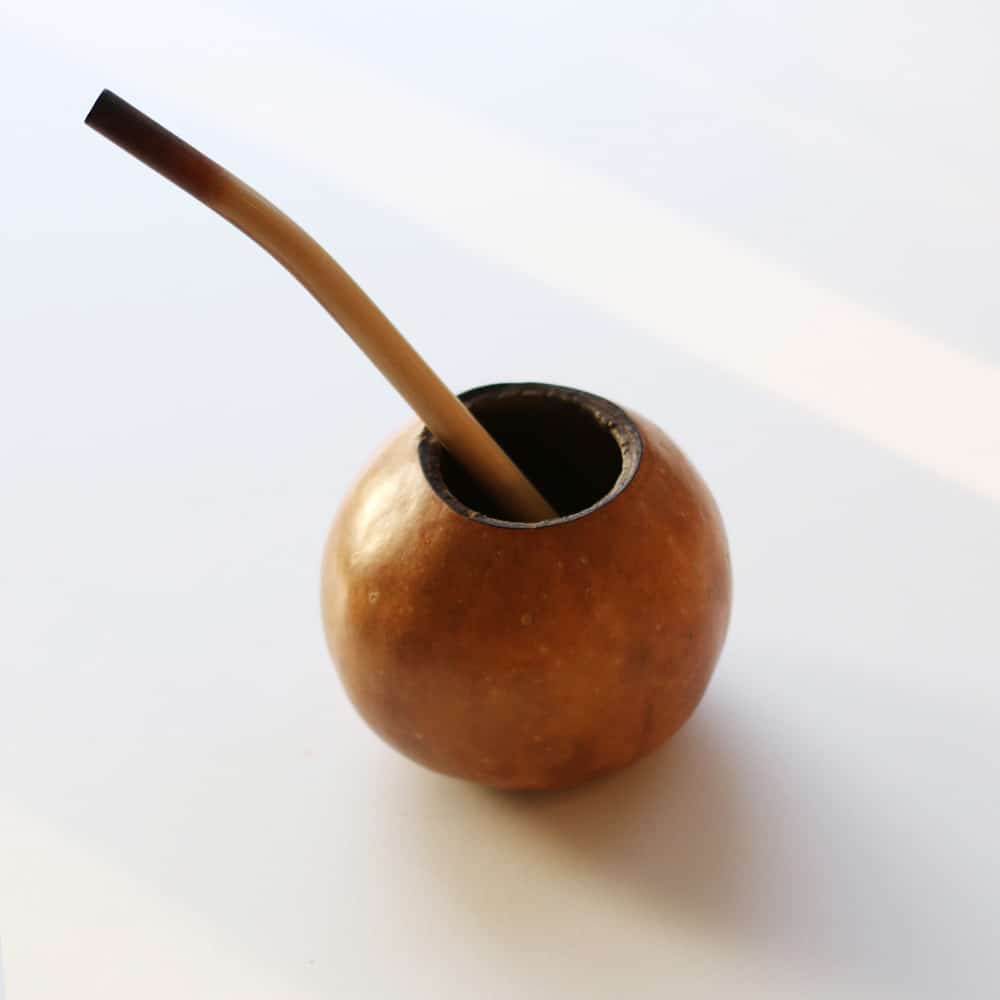

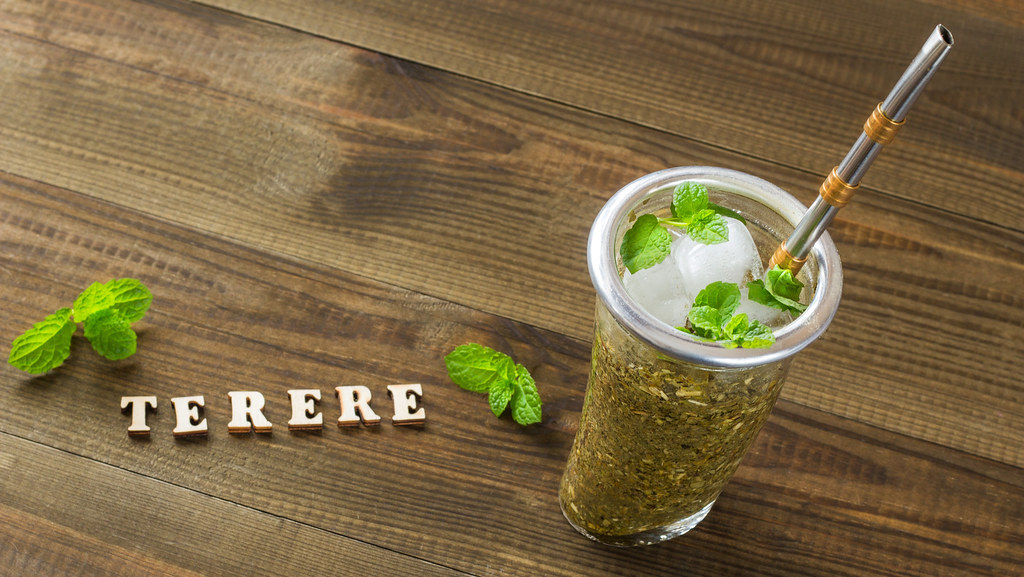
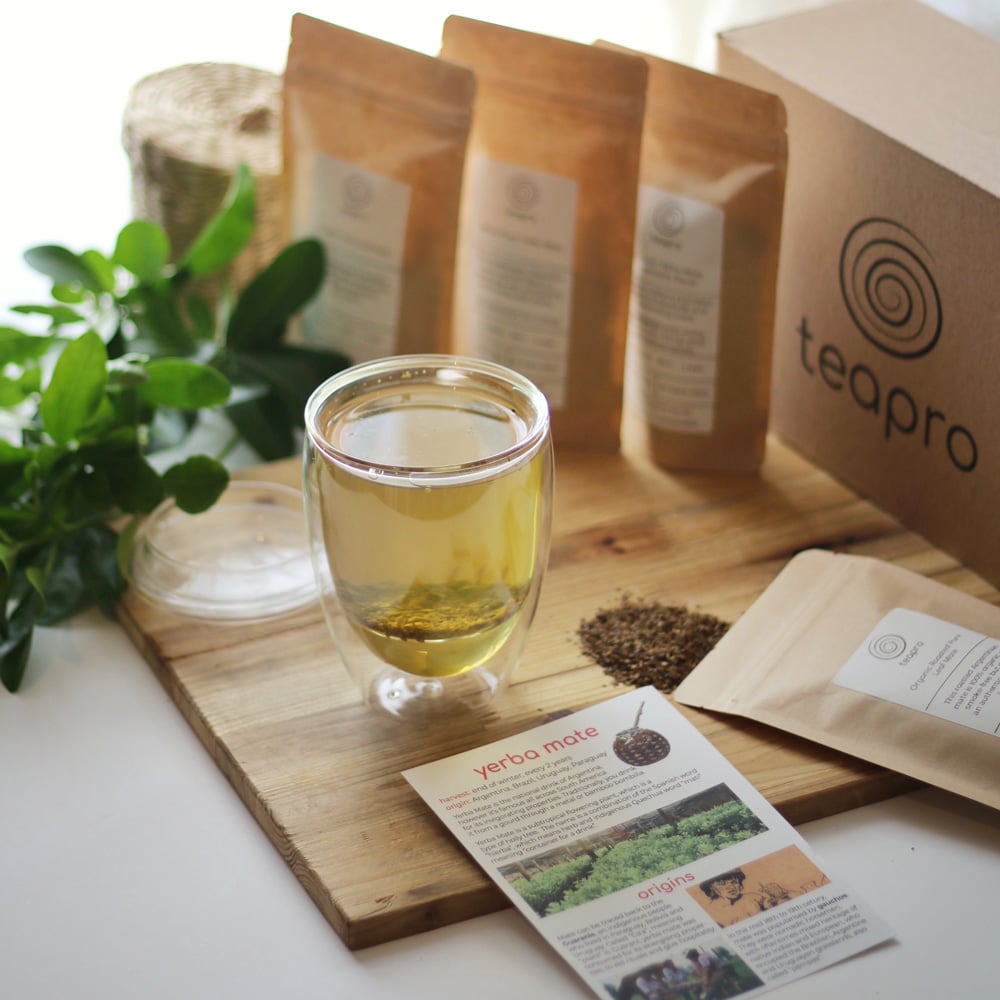



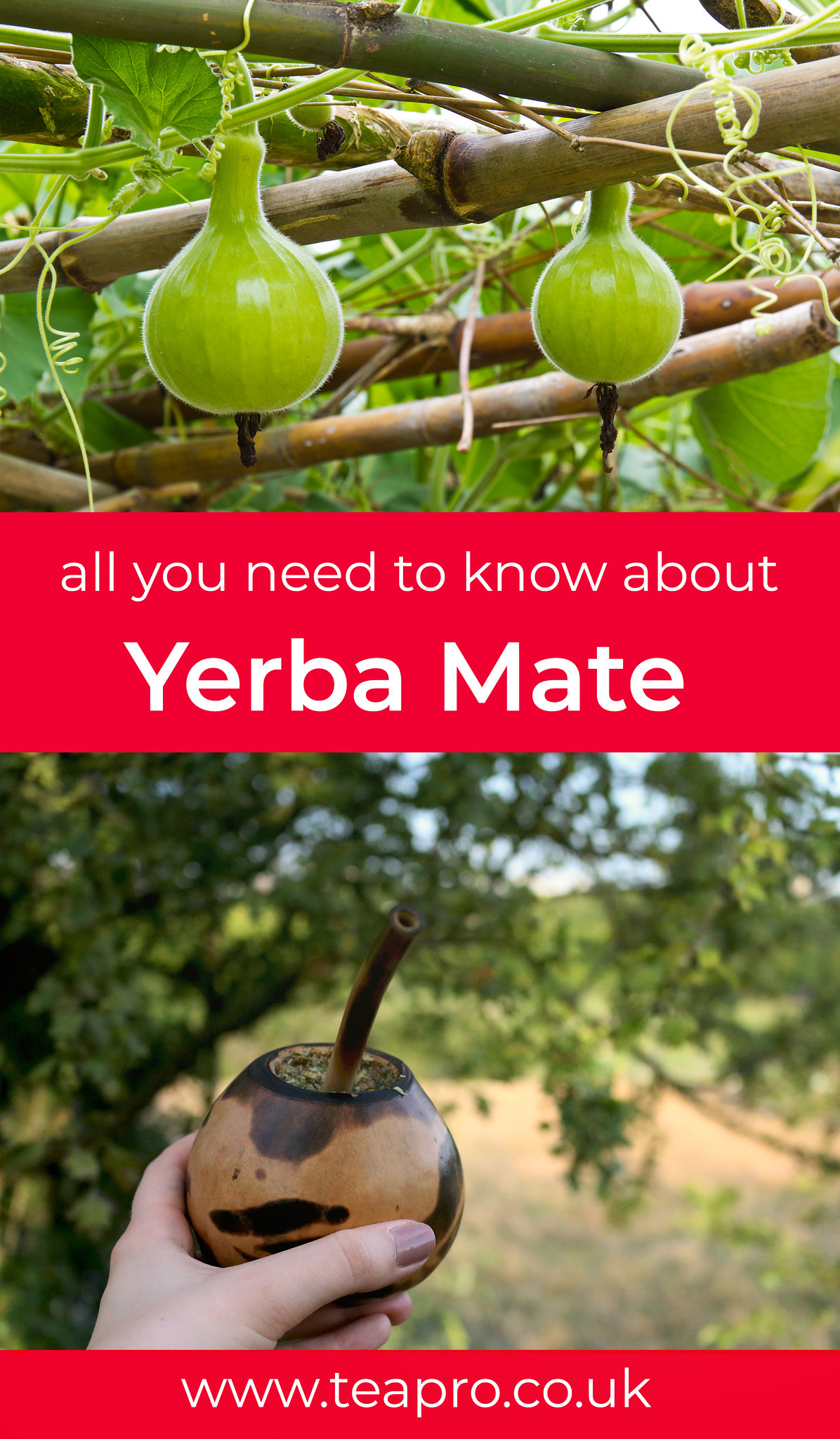
Value Market Research
Posted at 20:20h, 29 OctoberAccording to Value Market Research, the latest technology trends and global market opportunity analysis in the Yerba Mate Market industry growing with a high CAGR in the upcoming year. Our report has categorized the market based on technology, service, development, vertical and region. https://www.valuemarketresearch.com/report/yerba-mate-market
Elie
Posted at 20:01h, 30 MayHi, I am from Syria, so it’s quite surprising but yerba mate is also very popular in my country! I agree with you and I really love it for its energizing and stimulating effects before working out and it is also one of the favorite beverage of footballers before training or playing 🙂
https://ideas-growth.com/yerba-mate-favorite-drink-of-footballers/
Patricia Brusco
Posted at 23:19h, 27 JulyI saw your video on mate !
I am from Argentina and I thought it is wonderful of you to spread our mate culture.
I just wanted to let you know that Argentina also has excellent specialty teas and if
you wish to have a box with Argentine whole leaf teas, please let me know
Tatjana
Posted at 12:08h, 28 JulyHi Patricia! Aw, thank you so much for your kind words! The more we learn about Yerba Mate and its culture the more we feel like sharing it with the Western world, as it’s absolutely fascinating!
Ohh! Specialty teas from Argentina sounds very tempting, tell us more please!
Feel free to reach out via our contact page 🙂